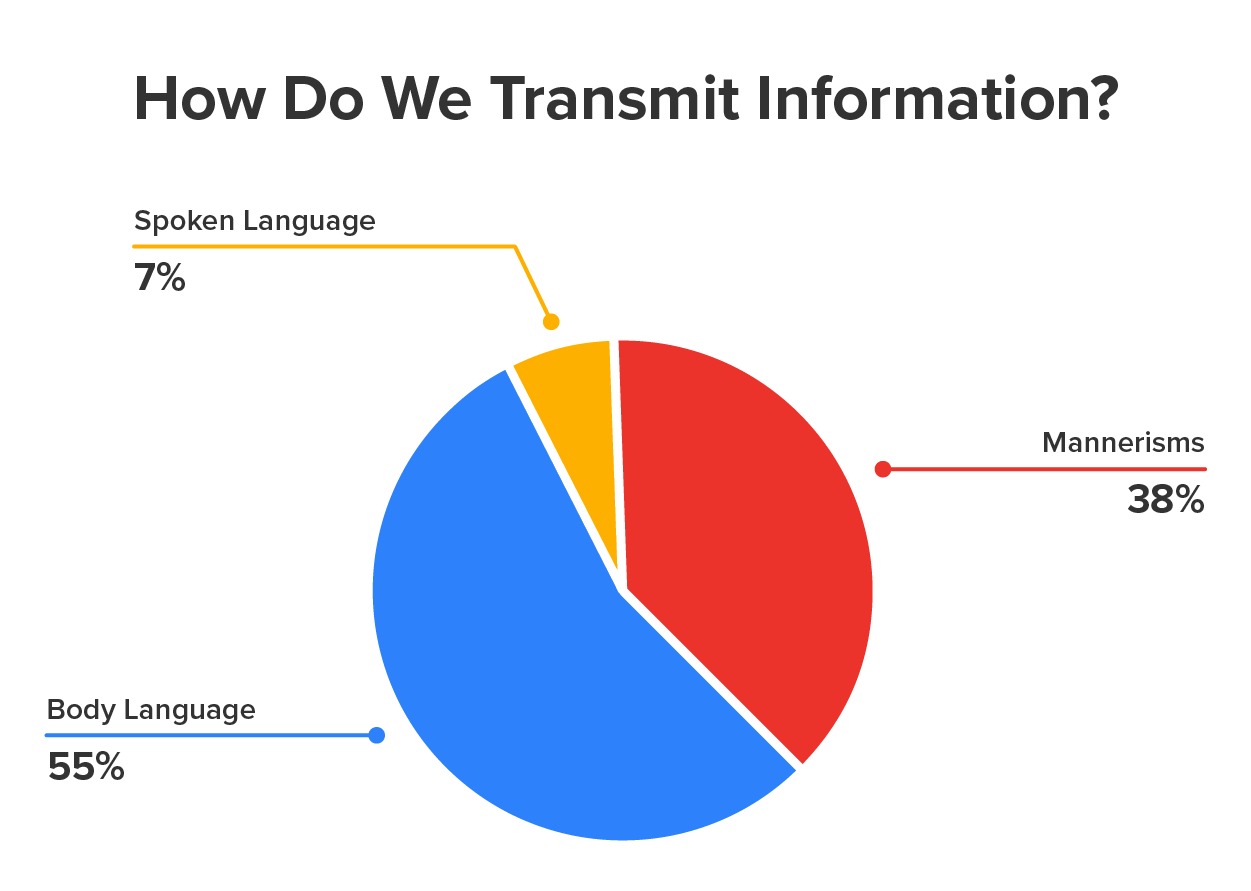Table of Contents |
Once you have established your goal and identified your target audience, you should take the following steps to construct your presentation using transitions.

Imagine this scenario: You are driving, trying to get from point A to point B. At the beginning of your trip, you see a sign telling you that you're going in the right direction. But then you drive, and you drive. The road winds. There are detours and forks in the road, but there are no more signs pointing you toward your destination. Are you going the right way? How did you get to this point anyway? What is happening? Where are the signs telling you that the road has changed and you should go this way instead of that way?
In speeches, transitions serve this purpose. Take the road example from above and apply it to your speech.
Members of your audience will do their best to follow you as you speak. However, your speech may take detours. It is bound to move from one subject to the other. Will your audience make the correct connections or get lost? There is also the chance that members of your audience will drift off and when they tune back in, will wonder how you moved from talking about X to talking about Y. They do not know how you got there.
Proper transitions will not only eliminate such questions but will also hopefully eliminate the situation in which members of your audience drift off. Transitions enable the flow of a speech. A speech without transitions often seems choppy and can even seem unorganized. Using them allows your audience to follow your presentation. The words you use can lead them along, signal that you are moving from one point to another, or signal that you are stressing a point.
Transitions enable the flow of a speech. A speech without transitions often seems choppy and can even seem disorganized. Many tools for transitions allow a speaker to reiterate the central ideas they are trying to express. This section will cover several types of transitions:
A transitional phrase is a word or phrase that indicates when a speaker has finished one thought and is moving on to another one.
Some options include:
EXAMPLE
In addition to being hilarious, The Office is also very entertaining. Consequently, there have been many people who try to imitate Dwight, but none can even come close.Internal previews are more detailed than simple transitional phrases but serve a similar function. While the preview in the introduction discloses to the audience the general points to be made in the speech, the internal preview outlines the critical points to be made within the body of the speech.
Internal previews cue the audience to listen for the key elements within major points. Examples of internal previews include statements such as:
EXAMPLE
I will be focusing on two main points—why Jim and Pam should get married and why Michael Scott needs to get married. Before I get started, I would like to go over the three best episodes of The Office, which are "Diversity Day," "Beach Day," and lastly, "Casino Night."Internal summaries, in contrast to internal previews, review the key points a speaker just made. These regular summaries help the audience to remember the key points just articulated by the speaker.
Examples of internal summaries include statements such as:
EXAMPLE
I hope I have made it clear that The Office is the best show ever because it is relevant to the audience, it makes fun of so many different people but still gets away with it, and it is just plain funny.Signposts are verbal indications of the main body points, often numerical. Many speakers utilize "first, second, third" type numbering to indicate where they are in their speech.
Signposts allow an audience to remember the key points and follow along in the speech. They serve to clearly distinguish the main body points from each other and also from the introduction and conclusion. Signposts can also be used as questions.
EXAMPLE
The following are examples of signposts:Transitions go a long way in improving the quality of your speech. It is easy to understand why body language can make your transitions even more attention-grabbing.


You can probably think of many good speakers who have used hand gestures to emphasize a point. Hand or arm movements can be useful—even positive—if they are well chosen and meaningful. An animated speaker who punctuates every expression with hand or arm gestures can create a diversion or distraction.
Here are some examples of meaningful gestures you could use:

When Steve Jobs gave a presentation, people listened. The buzz created around his product announcements and the announcements themselves had a lot to do with it, but so did his presentation style. He incorporated movement within his style. He didn't just stand behind a podium and speak. He knew how to enhance his story using transitions by changing his position on the stage.
You can do the same. You may be talking about the present and then want to take your audience back to the past. In doing this, you may use the transition phrase, "let me take you back." As you say this, move slowly to the right or left to show that you are moving into the past. Moving forward in time? Move in the opposite direction. Moving back again? Move in the same direction in which you previously moved.
You may have been talking about something positive and now need to talk about something negative. To do this, you might use the transition phrase, "Now I need to take you to a different place." As you say this, step backward. Or try adding even more emphasis by stepping back and then diagonally. Both movements signal that you are now moving into a negative aspect of your talk.
Have something positive to say? Step toward the front of the stage as you say your transitional phrase.
Remember that your head and face are your key expression amplifiers. With appropriate movement and expressions of the face, you can add emphasis where needed.
An exaggerated eyebrow lift or the removal of eyeglasses at an appropriate moment can give the appearance of your own realization of the importance of the particular point being made. Expressing a negative point while shaking the head from side to side or a positive point while nodding are standard devices for amplification. Use these movements along with your transitions.
Finally, remember to alter your tone as you deliver your transitions. Think of what transition delivery methods you can use as you write your transitions into your speech outline.
Source: THIS TUTORIAL HAS BEEN ADAPTED FROM "BOUNDLESS COMMUNICATIONS" PROVIDED BY BOUNDLESS.COM. ACCESS FOR FREE AT oer commons. LICENSE: CREATIVE COMMONS ATTRIBUTION-SHAREALIKE 4.0 INTERNATIONAL.